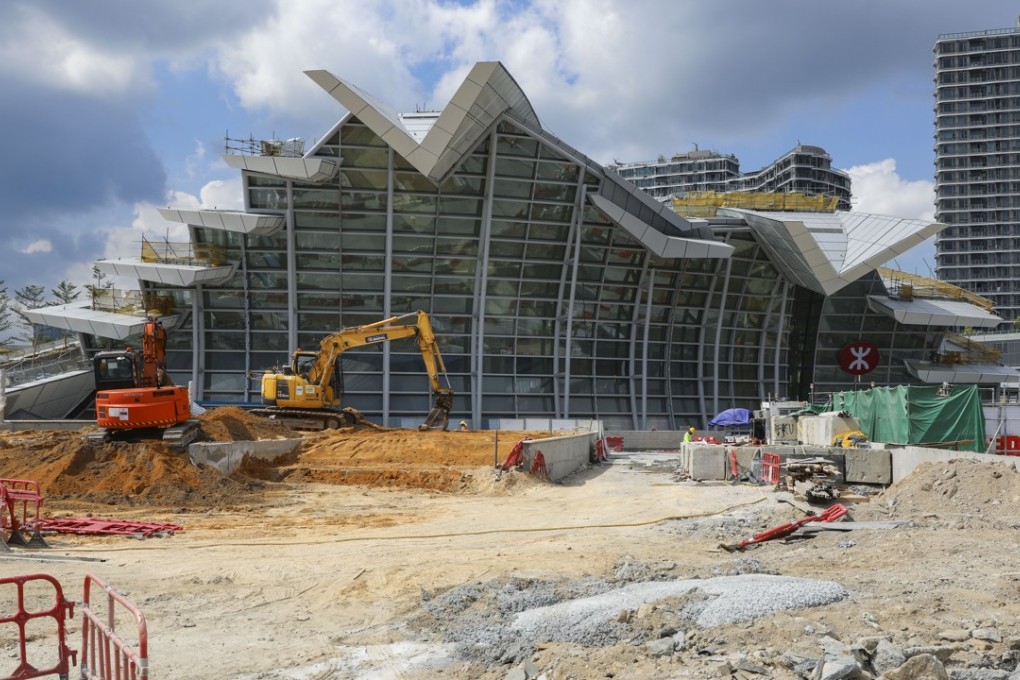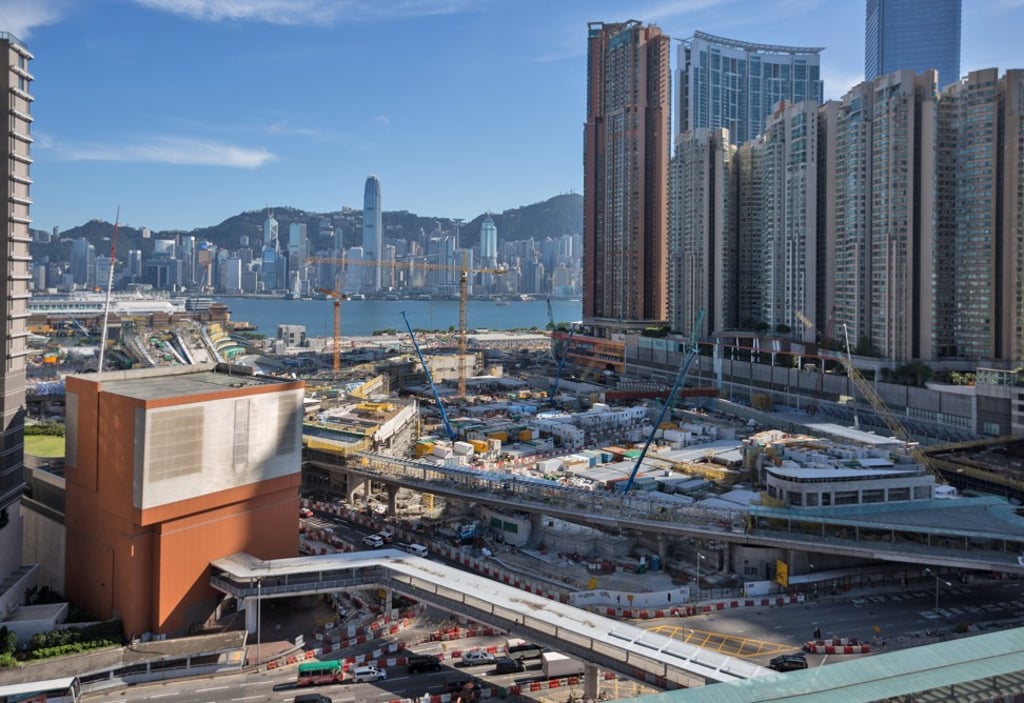Hong Kong high-speed rail link must ensure it keeps to correct legal tracks
The law concerning joint immigration and customs arrangements at the West Kowloon terminus may have been passed, but the way ahead is still not clear

Hong Kong’s much-touted cross-border high-speed trains are a step closer to departure. After much wrangling, the controversial law that empowers mainland authorities to exercise full jurisdiction inside designated areas of the West Kowloon terminus has been finally passed. It marks the end of the so-called three-step approach to put in place a legal framework for the joint immigration and customs clearance arrangement for the railway.
But what comes next is still far from clear. From the legality of the law to the way it was passed, legal questions abound. Equally unsettling is the political fallout, with the head of the legislature facing a no-confidence motion for helping the administration to push through the law.
Those who are keen to reap the benefits of the HK$84.4 billion rail link will be pleased to see the co-location arrangement finally in place. But for those who fundamentally object to the principle of allowing mainland authorities to enforce their laws within the city, the arrangements are unacceptable.

It would not be surprising if the whole legal issue is put before a court for a ruling. After all, it has serious implications for “one country, two systems” and the Basic Law. At least two activists are considering filing a judicial review. However, whoever takes such a step has to carefully consider the outcome.
Should the court rule against the government, rail services will not be able to commence in September as planned. The government may also be forced to adopt separate checkpoint arrangements, which will severely undermine the efficiency of the railway.